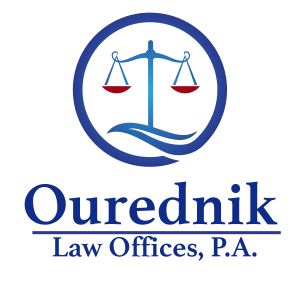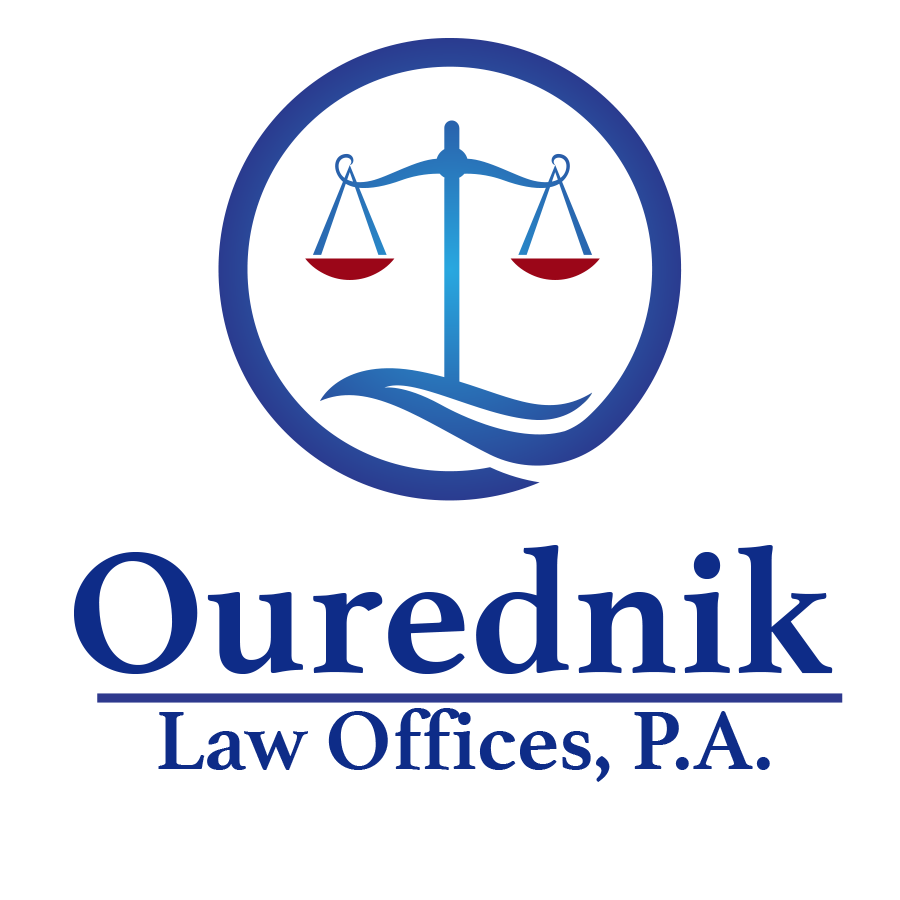A well-designed asset protection strategy will shield an individual’s assets from the claims of creditors or judgments without engaging in fraudulent transfer, concealment, or tax evasion.

At Ourednik Law Offices, our asset protection strategies combine elements from an array of legal areas such as of estate planning, trusts or business formation, elder law, and tax planning.
Ourednik Law Offices concentrates on meeting the asset protection needs of doctors and business owners, two of the most common targets in today’s litigious society. However, we are prepared to handle the asset protection needs of any individual. An effective asset protection strategy is dependent on proper timing, so it is important to discuss your asset protection plan before you actually need it.
We know that you have worked hard for what is yours, now protect it by contacting Ourednik Law Offices today.
What Is Asset Protection?
Types Of Asset Protection
- Tenants By Entireties:
- Florida Homestead Protection
- Florida Statutory Protections
- Limited Partnerships & Multiple Member LLCs
- Irrevocable Trusts:
Tenants by entirety is a special form of joint tenancy ownership which is available only to married persons.
In Florida, ownership of property as “tenants by entireties” or “TBE” affords broad asset protection benefits during the lifetime of the husband and wife and is the quickest and simplest method of asset protection for married persons
However, utilizing TBE solely as a form of asset protection is not recommended for long term planning or for individuals with creditor issues. This is because a divorce between the spouses or death of one spouse can terminate the tenants by entireties status and leave assets exposed to creditors. Additionally, tenants by entireties ownership can create issues for estate planning since TBE property passes outside of probate.
Effective asset protection planners understand how to combine TBE with other asset protection techniques in order to achieve long term stability and peace of mind.
Florida allows for the protection of an unlimited monetary value of homestead property if certain conditions are met.
Homestead protection from forced sale is created by satisfying the following requirements: (1) the property must be owned by a “natural person;” (2) the person claiming the exemption must be a Florida resident who establishes that he or she made, or intended to make, the real property his or her permanent “residence;” (3) the person claiming the exemption must establish that he or she is the “owner” of the property; and (4) the property claimed as the homestead must satisfy the “size and contiguity” requirements, which are limited to one-half (1/2) acre in a municipality or one-hundred-sixty (160) acres outside of a municipality. If an individual satisfies all of these requirements, then they are generally entitled to seek protection of the homestead from a forced sale to satisfy creditors’ claims.
However, there are three important exceptions: (1) taxes, both federal and state, and assessments (including homeowners associations); (2) mortgages; and (3) debts incurred to improve the property (contractor’s or mechanic’s liens). Protection from creditors attaches on the first day a person occupies property with the intent to make it their permanent Florida homestead and there are no specific papers to file or forms to complete. There is a document known as a “declaration of domicile” which may be filed with the court, but this declaration is not required in order to qualify for homestead asset protection.
The Florida Statutes contain a number of asset protection provisions including: protection for “head of household” wages; protection of the cash value of life insurance policies; protection for annuities; protection of retirement accounts; protection of disability income from disability insurance policies; protection of 529 college savings plans; and various other miscellaneous limited exemptions. Each statute is different and the procedure for ensuring that proceeds are considered exempt and remain exempt may vary from situation to situation.
At the very least, proceeds from a protected source should be kept separate and not commingled with proceeds from other sources, otherwise the protection my be lost.
A limited partnership and a multi-member limited liability company have very similar asset protection benefits. In both instances, asset protection is available by virtue of the limited procedural remedy imposed by Florida law onto creditors who wish to levy upon a debtor’s limited partner interest or membership interest in a multi-member Florida LLC.
Florida law states that a creditor of a partner or member should be limited to what is known as a “charging order.” Partnership and multiple member LLC interests in Florida are afforded a significant level of protection through the charging order mechanism. The charging order severely limits the creditor of a partner to the extent that the creditor cannot force a distribution of assets from the entity or force the sale of entity property to pay any debt. Additionally, the creditor cannot foreclose against or otherwise obtain ownership or control of the partnership or membership interest itself.
One practical issue that may occur when utilizing partnership or multi-member LLC charging order protection is that the debtor’s cash and assets could remain trapped inside the entity while a creditor “stands outside” the entity with his charging lien, anticipating future distributions. Thus, a knowledgeable asset protection attorney must be familiar with the methods necessary to ensure that the debtor is able to maintain a normal lifestyle in the face of creditor’s claims.
Read more about our law services for businesses.Irrevocable trusts can take many forms and serve many purposes, depending on an individual’s needs.
One common example is the placement of an irrevocable trust provision in a will so that inherited property is placed into a lifetime trust for the benefit of a person’s descendants. This is often considered preferable to leaving the property to the beneficiary outright, especially in instances where substantial value is being passed.
Lifetime trusts, also commonly referred to as generation-skipping trusts, are trusts which last for the lifetime of the beneficiary and then pass to the next generation of beneficiaries (e.g. grandchildren). These trusts have the advantages of being insulated from the claims of creditors as well as spouses in the event of divorce.
If desired, the beneficiary of a lifetime trust can be allowed to serve as the sole trustee of the trust after attaining a specified age and still maintain creditor protection. When it comes to protecting assets through the use of irrevocable trusts, the options tend to be many and varied. Therefore, it is best to speak with an experienced estate planning and asset protection attorney to discover what may be possible for your own individual circumstances.
Learn more about Legal TrustsHow Can We Help You?

It is important to understand that an effective asset protection strategy is often dependent on proper timing, so it is highly advisable that you discuss and implement your asset protection plan before creditor issues have arisen.
At Ourednik Law Offices, our strategy combines many of the methods listed above as well as others designed to offer the most benefit to you. And, most of our work is done on a set fee basis which means there are less barriers of communication between our attorneys and our clients since you do not pay additional fees for every phone call or email.
We know that you have worked hard for the property that you own, now protect it by contacting Ourednik Law Offices today.
Contact Us Today!
You may qualify for a FREE Consultation.
"*" indicates required fields

